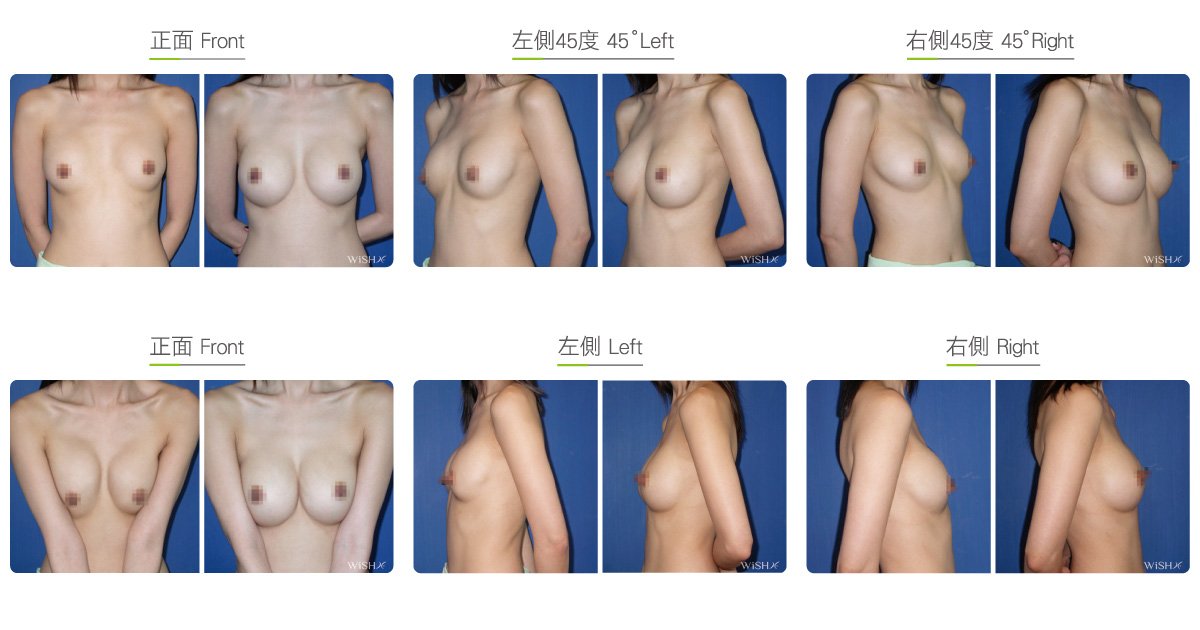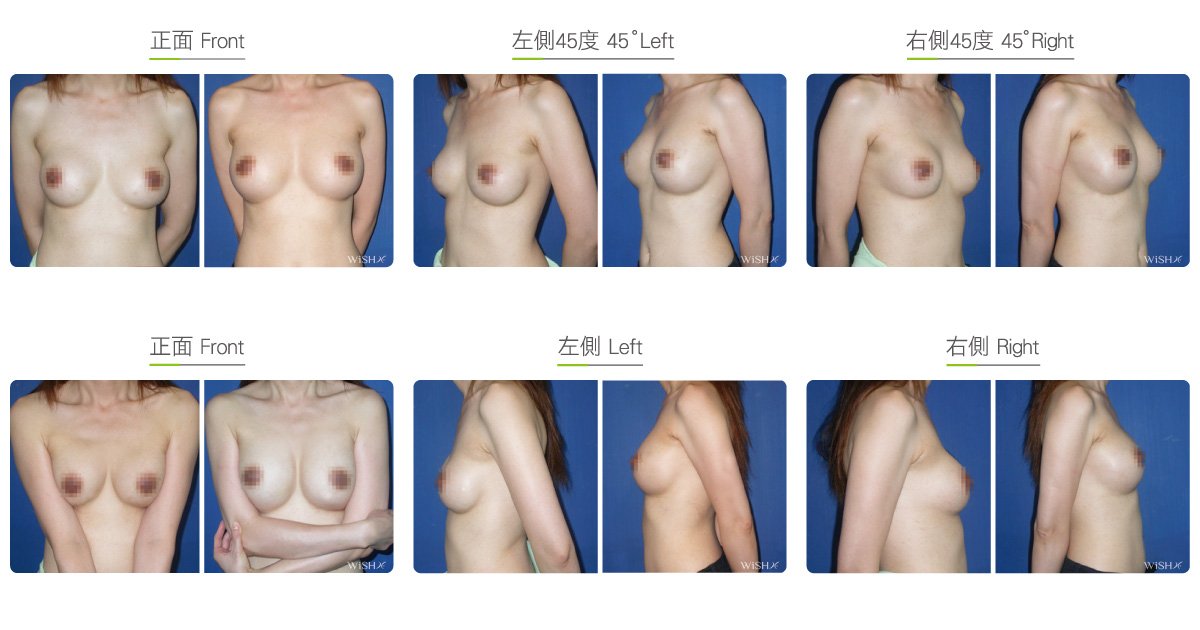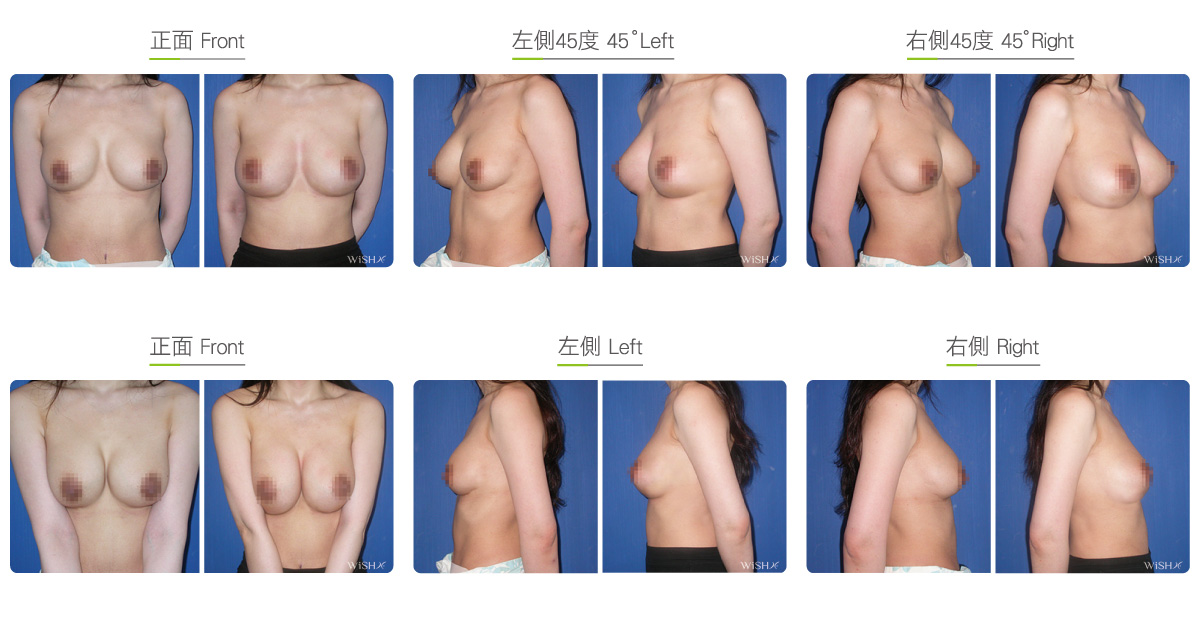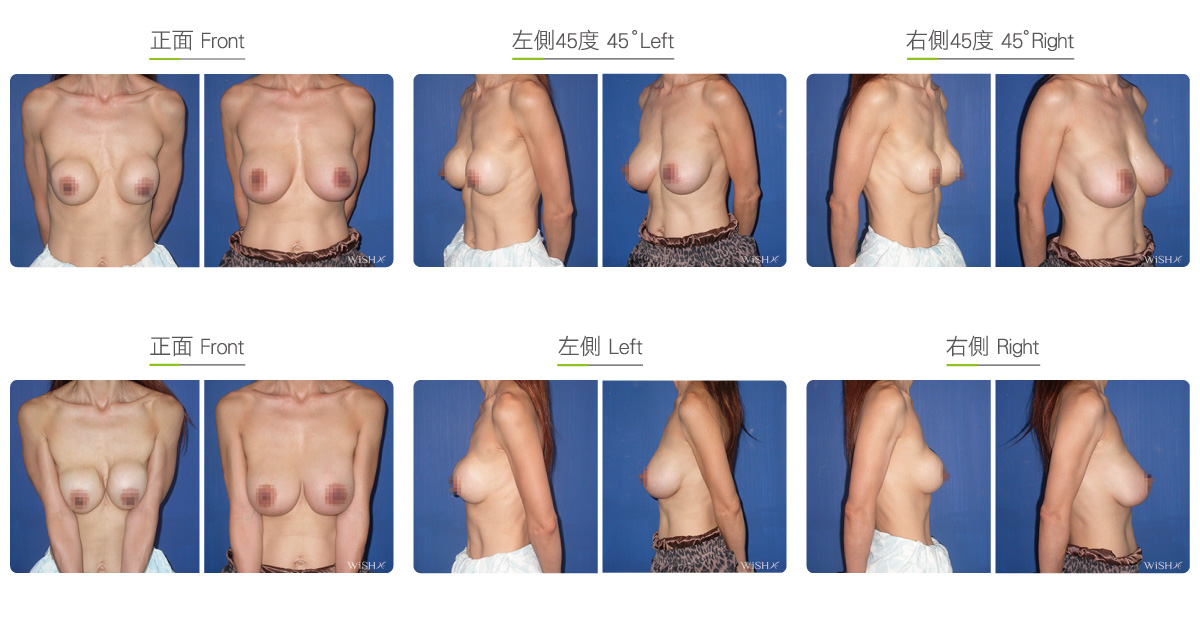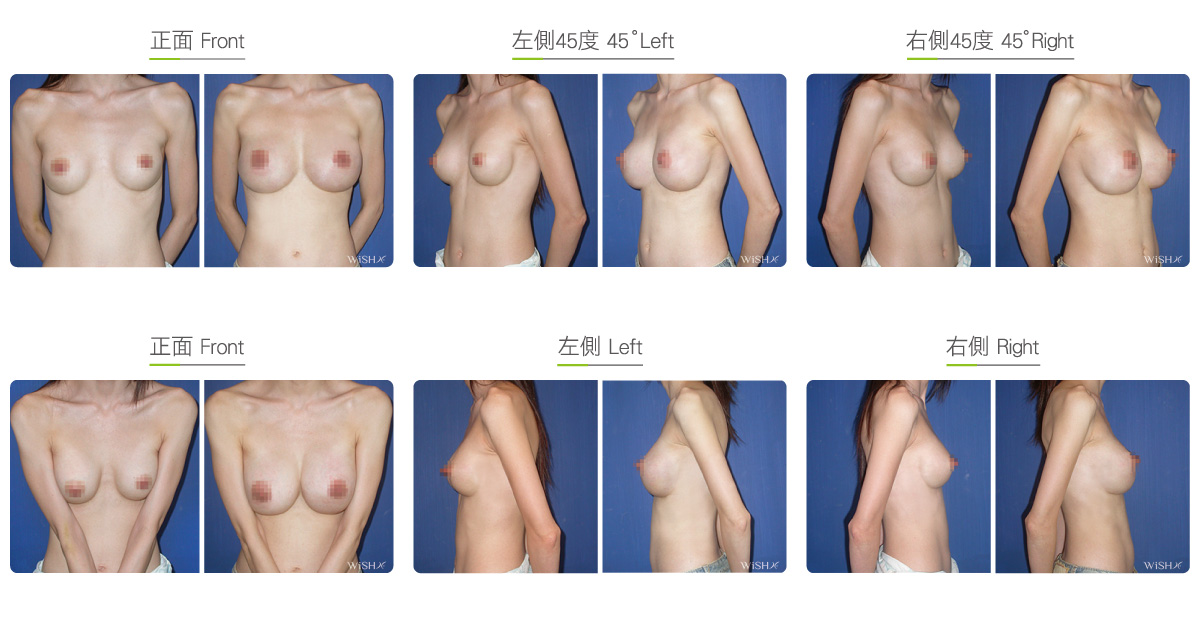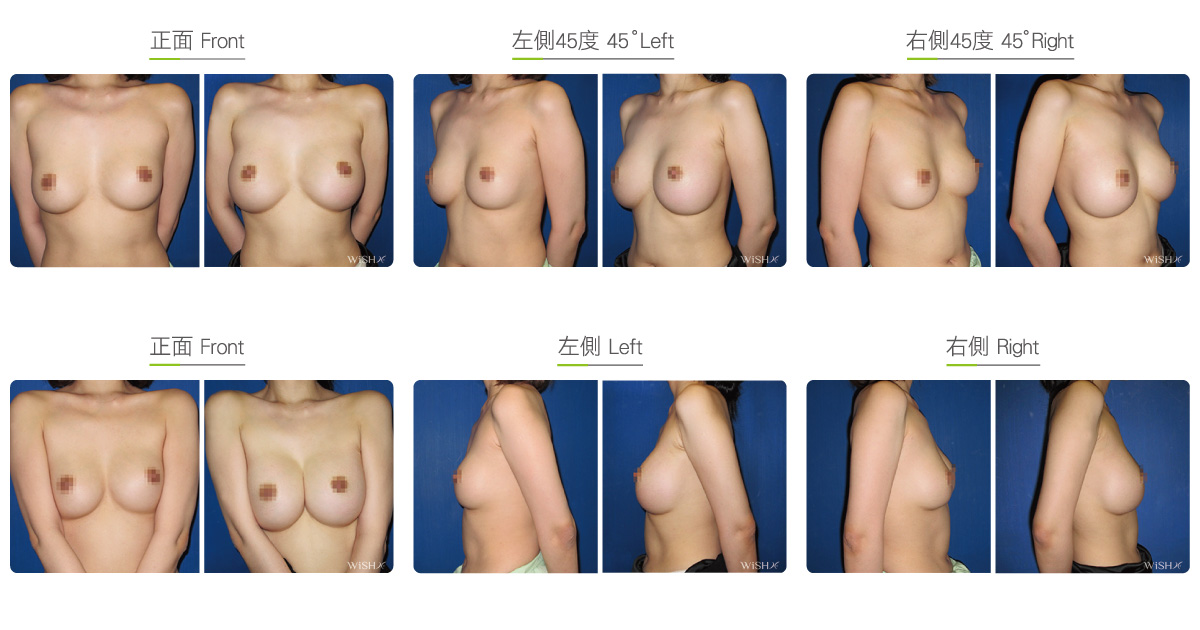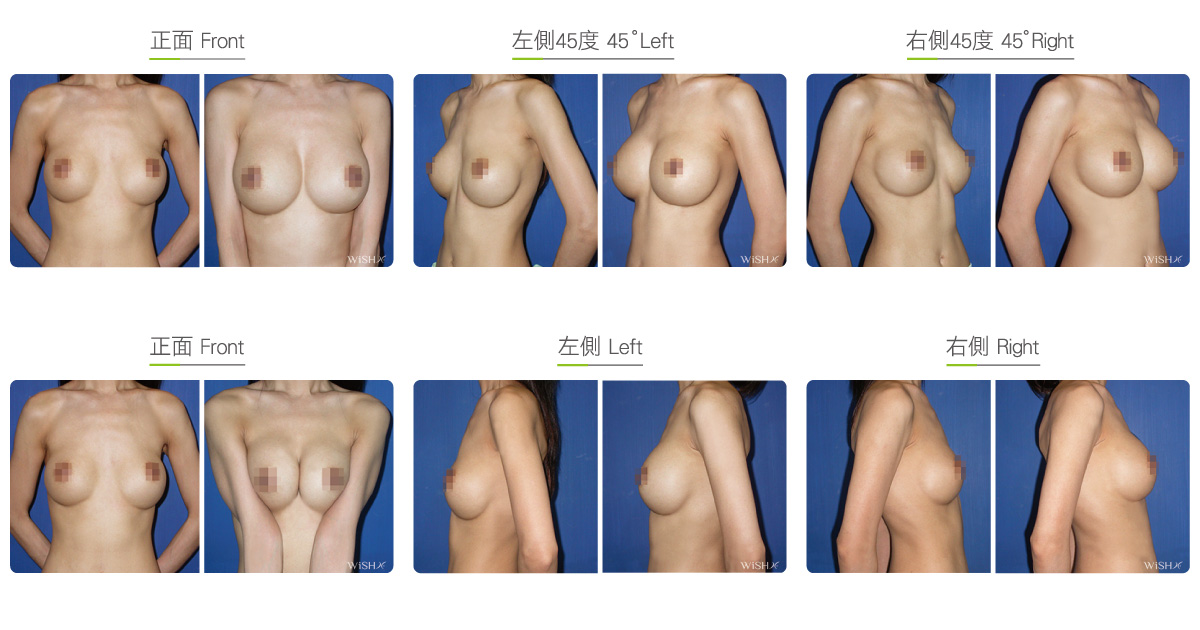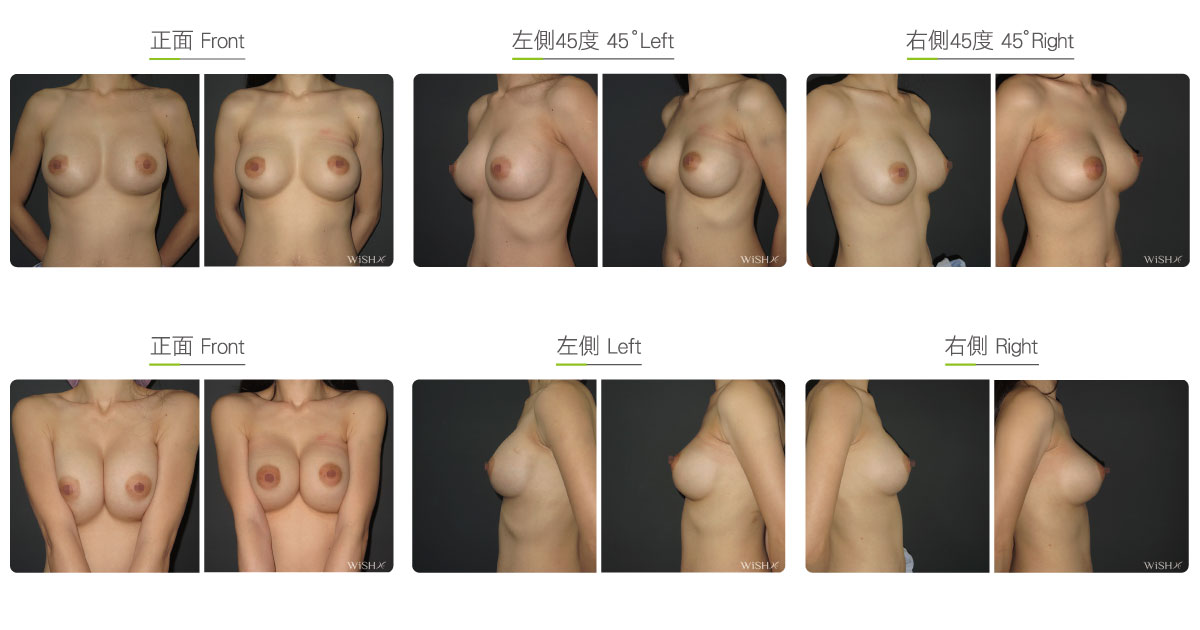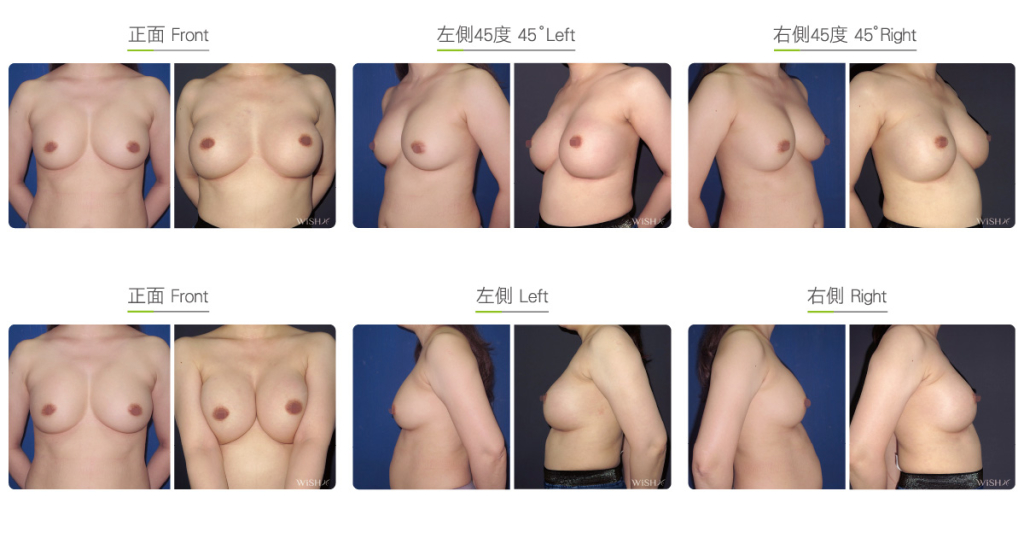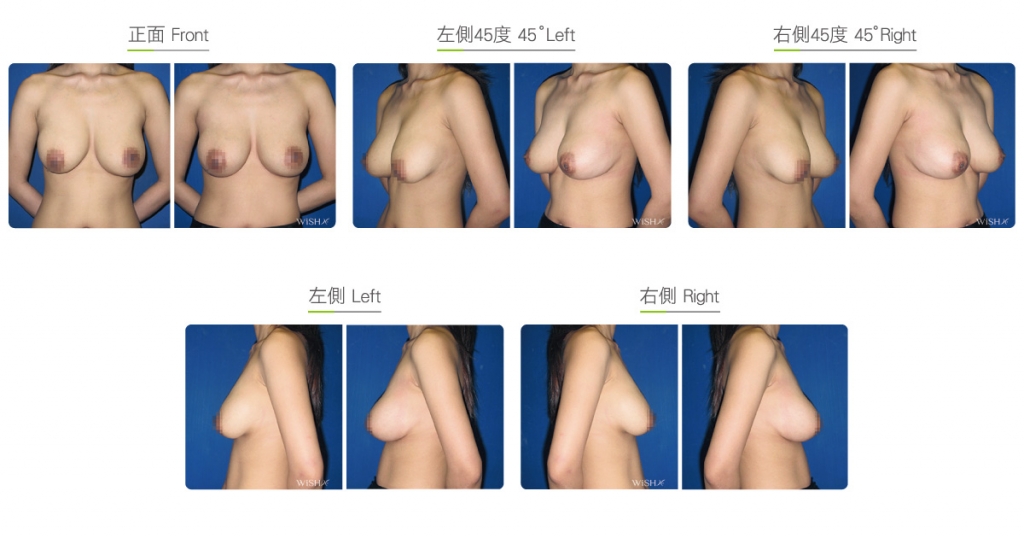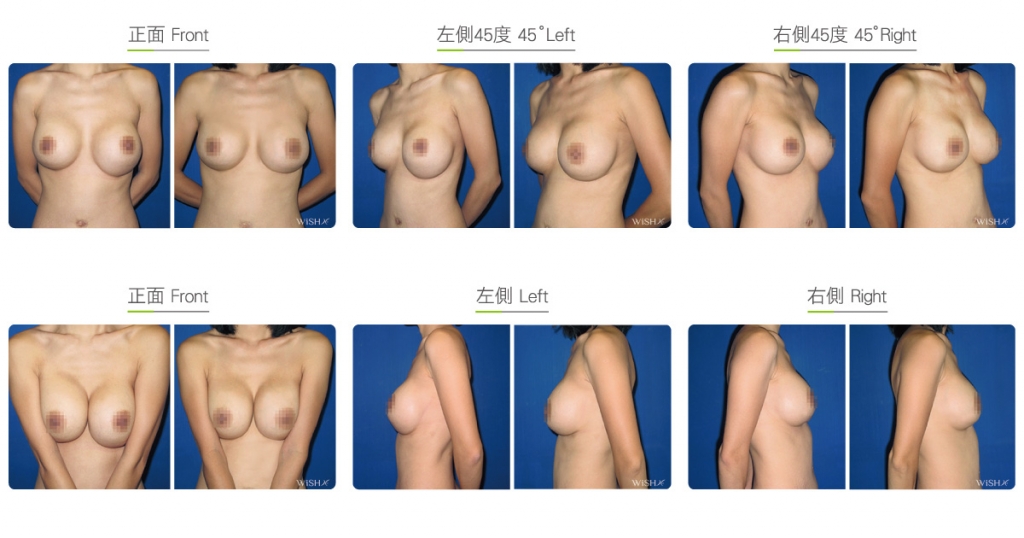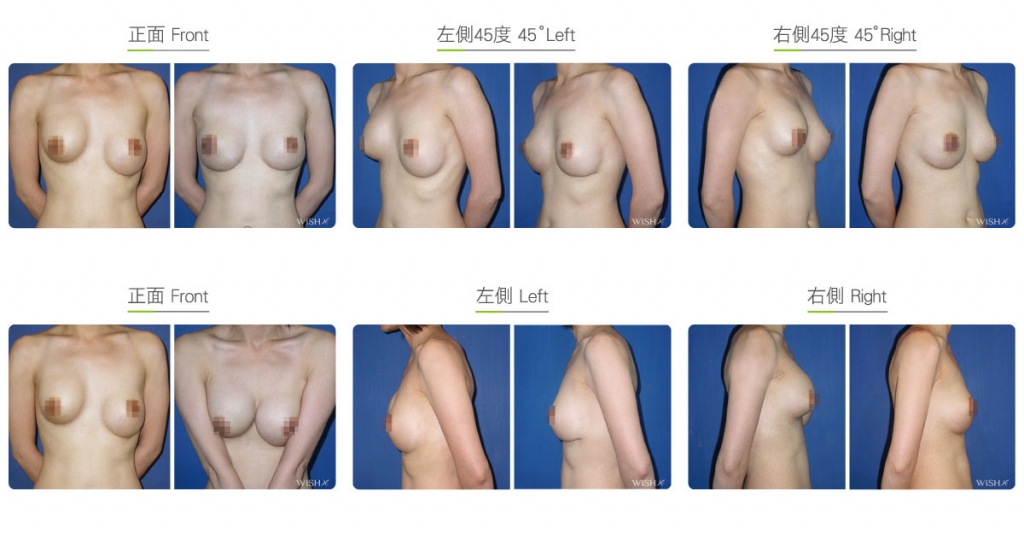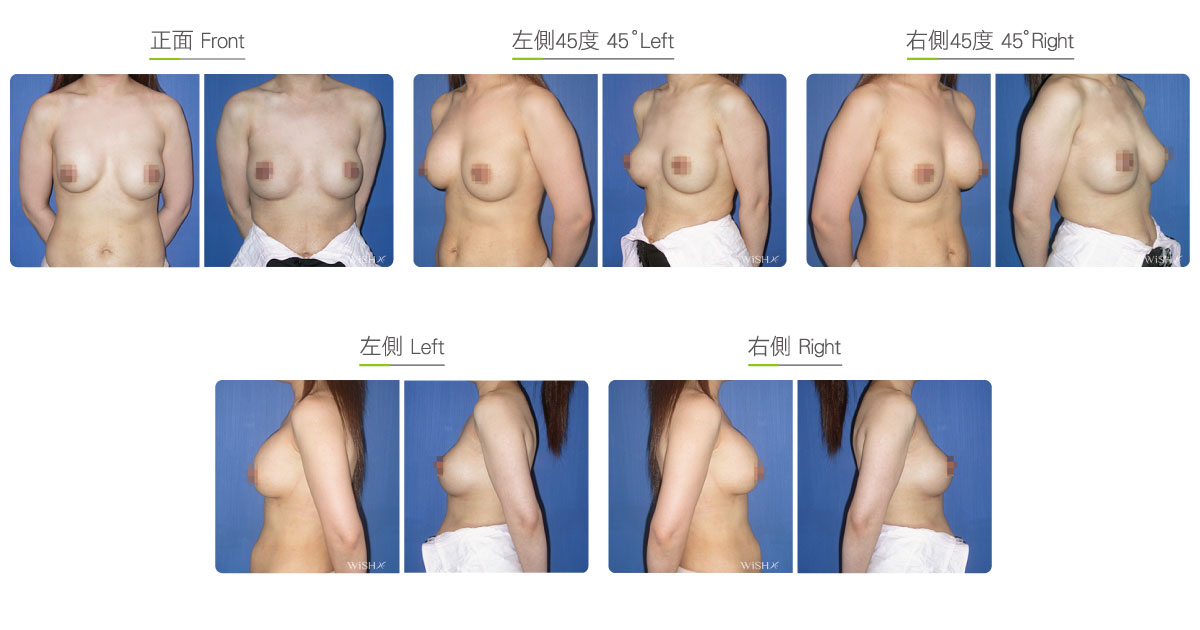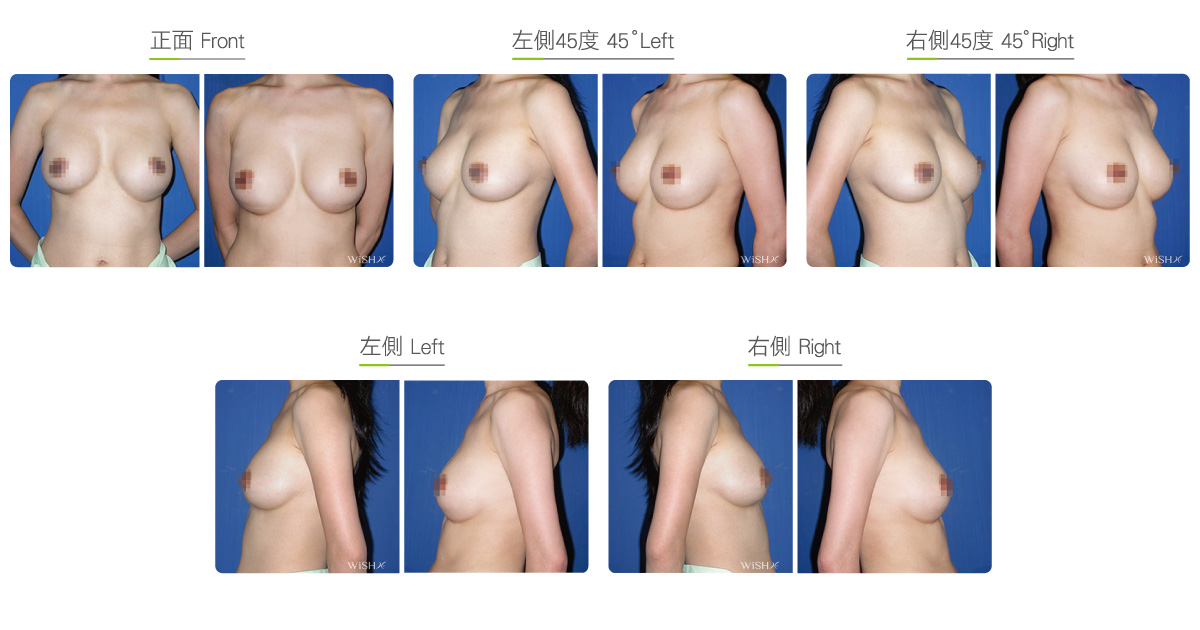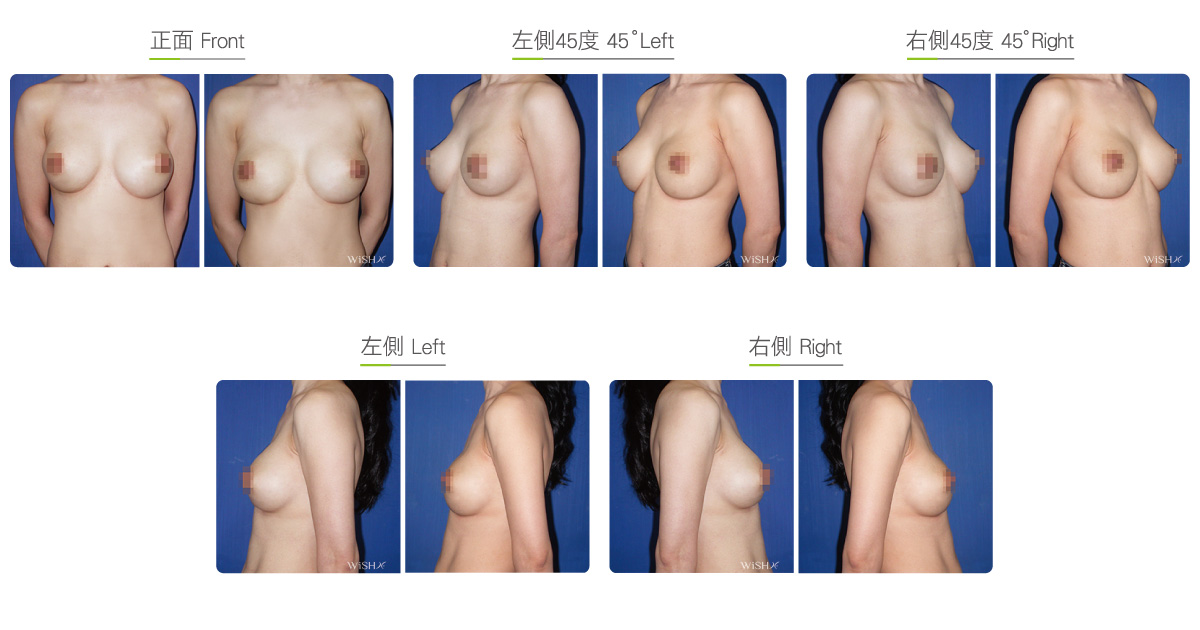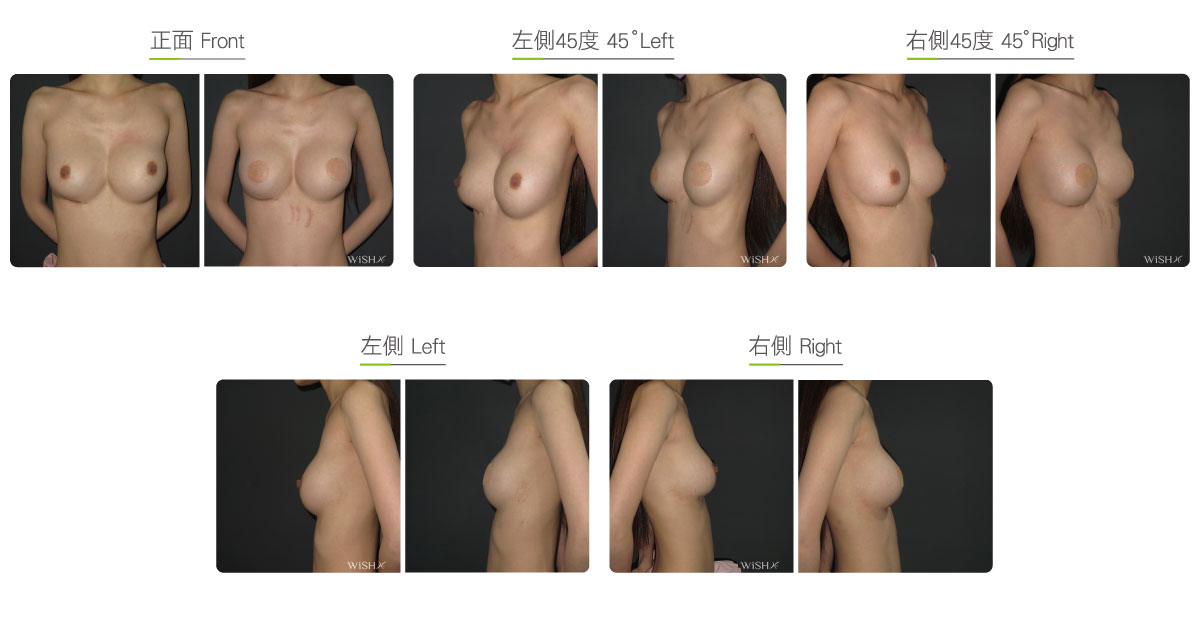Capsulotomy
Also called capsule release surgery, it cuts the original tightened capsules in circles or crisscrosses with electrosurgical units (ESUs) to expand the contracted implant space. A transaxillary, periareolar, or inframammary incision is created with the aid of an endoscope. Pocket size depends on the severity of contracture, and total or partial capsulotomy can be performed. Implants may not need to be changed but can be upgraded if one desires. Despite having advantages such as less pain, shorter surgical duration, and quicker recovery, capsulotomy does not completely remove the capsules, and some capsular tissue still remains in the body. Therefore, it is ineffective against constitutional, refractory, or potential infectious capsular contracture and may result in recurrence. Thus, patients should pay extra attention to postoperative massage. At present, this surgery is mostly performed on patients with mild to moderate (grade 2-3) capsular contracture or is unilaterally used to adjust uneven implant heights or texture. It is not recommended for grade 4 severe capsular contracture.
Surgical conditions
Duration
- Type of anesthesia: IV sedation or general anesthesia
- Type of incision: Previous incision or transaxillary, periareolar, or inframammary incision
- Recovery: Within 5–7 days
- Removal of stitches: 7–10 days
General instructions
No food and water on the day of surgery
- Tasks and exercises that require excessive arm strength should be avoided for 1 month postoperatively.
- Smoking and consumption of collagen or vitamin C should be avoided for 3 months postoperatively to prevent the formation of capsules.
- Underwired or push-up bras should not be worn for 3 months postoperatively.
- Breast massage should be performed for at least 6 months postoperatively.
Ideal candidates
- Those with mild to moderate capsular contracture
- Those with unilateral implant displacement (uneven height) or difference in breast texture
- Those with partially contracted implant or asymmetric breasts
- Those who would like to increase implant size but do not have enough pocket space
- Those who feel that implants are not soft enough
Possible complications
- Hematoma
- Infection
- Seroma
- Scar adhesion
- Capsular contracture recurrence
- Implant leakage or rupture
Surgical advantages
-
Less invasive and quicker recovery.
-
Less postoperative swelling, pain, or bleeding.
-
Surgery with minimal pain.
-
Effective expansion of contracted space; fast realization of surgical results
-
Implants can be replaced for upgraded cup size.
Surgical drawbacks
-
Capsules are only cut but not eliminated; thus, there is a possibility of recurrence.
-
Not effective against constitutional, refractory, or infectious capsular contracture
-
The results may not be satisfactory for grade 3 or 4 capsular contracture.
-
Longer postoperative care or massage is required to prevent recurrence.

